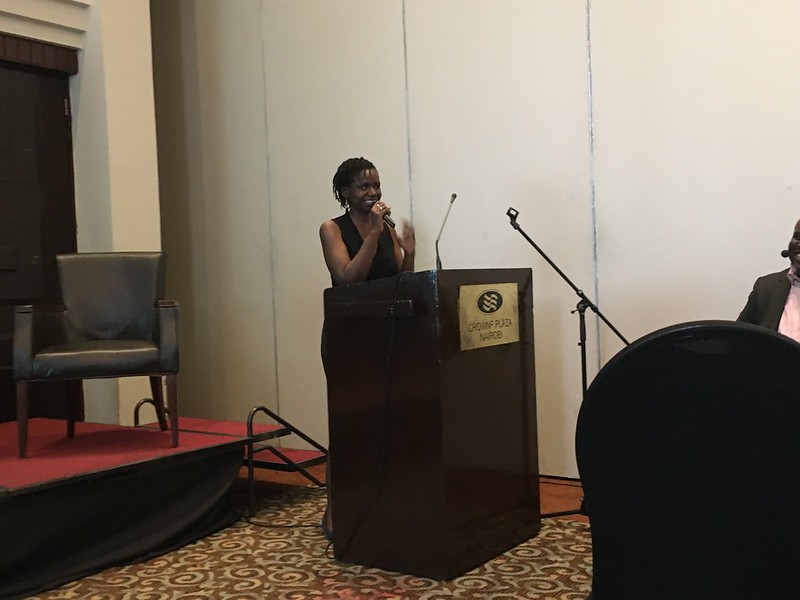Introduction
On the 26th of September 2019, we attended a conference in Crowne Plaza, Upper Hill, dubbed as ‘Boosting East Africa Trade by Improving Transport’, BEAT IT. The meeting was held by Cardno IT Transport(formerly IT Transport), which is one of the leading international consultancy specialising in the needs of the transport sector in emerging economy countries. It aims to enable access to opportunity by facilitating safe and efficient transport for all members of society.
Being the second day of the conference, the discussion was guided by the topic ‘Cross-cutting issues in the sector’- the transport sector. In the discussion, the focus also shifted to reviewing the lessons learnt, where we are at now, and what to expect in the future in regard to the issues cutting across the transport sector.
Transport is a key issue in the sustainable development goals, when it comes to economic development. This report is generally an overview of the conference held.
Discussions
- Road safety
The National Police Service under the traffic department revealed that Nairobi city recorded the highest number of accidents. The accidents mostly involved pedestrians as the most affected victims. Records also revealed that the fatalities took place mainly at points where there are footbridges, rather fly-overs. It was argued that people opted to cross busy roads in such areas to avoid the hustle of having to go up the highly constructed footbridges, and therefore ended up being victims of fatal accidents.
The National Transport and Safety Authority(NTSA) concurred with the Traffic Department that Nairobi CIty was the leading county in fatalities. Their records also revealed an increase in fatalities by 36.9%, the seriously injured increased by 46.7% and the slightly injured increased by 29.4%. NTSA added that most accidents happened towards the festive seasons, and that it was vehicles that mostly caused the accidents. According to them, most accidents happened when people goty drunk, meaning that drivers were the commonly marked victims of accidents. They added that most accidents happened during weekends when many people went out to drink.
Dr. Yarsin Khamas, of Nurse in Hand Emergency Response team explained the elements of an effective emergency response. The first was mitigation, followed by timely response. The third was the access to the right resources, followed by communication, then right treatment and lastly following the right plan to access facilities.
Nurse in Hand Emergency Response reported that the major challenge they were experiencing was lack of knowledge by Good Samaritans whose intentions are usually to save victims of accidents. Instead, they ended up hurting the victims more. They also reported lack of facilities as another problem they faced. Other challenges were in finance, poor management structures and poor service delivery, which they worked to resolve.
- Air Quality in Cities
The Environmental Compliance Institute reported on the quality of air in Nairobi. According to them, transport was the number one pollutant of air in the city. The other pollution was from greenhouse emissions. Such pollutions affected individuals’ health, and also impacted climate change negatively. On the ecological side, sulphuric emissions and those of oxides of oxygen caused acid rain which polluted aquatic life. This was true also for the case of eutrophication, where the algae reduced oxygen in water bodies. Plants would later be affected in the long run, and food security would be threatened.
- Mobility for All
The Open Institute under its Ability Program conducted a mapping exercise In Nairobi. The process assessed the accessibility levels of streets and buildings across Nairobi. This exercise sought to find out how easy it was for individuals living with disabilities to move freely and unassisted in Nairobi’s Central Business District. This year, the exercise was scaled up and we mapped different high traffic areas in Nairobi. These included: Westlands Area (offices), South B (Residentials and business premises), malls, churches, hospitals and dispensaries.
Reports revealed that most streets and buildings were not fully accessible to people living with disabilities, the elderly and those in need of mobility assistance.
Most pavements and ramps had obstacles which made it difficult for the people living with disabilities to access, mostly the visually impaired ones and wheelchair users. Also, most buildings were inaccessible as they did not follow the Universal Design guidelines, making it difficult for access by the people living with disabilities. For instance, very few buildings had parking slots reserved for the PWDs. Where there were designated parking slots, they were being used by unauthorized persons. The lifts in buildings lacked auditory indicators and also brailes, while the brailes in other lifts were upside down. Generally, the disabled community was excluded in the construction of buildings and streets.
At the BEAT IT event, we conducted an accessibility assessment of nearby buildings. The conference attendees mapped both indoor and outdoor areas of selected buildings near the conference venue, Crowne Plaza Hotel in Upperhill. We used a public accessibility checklist created for the MapAbility tool.
Conclusion
The event was a success and there were partnership prospects that came out of the event.
